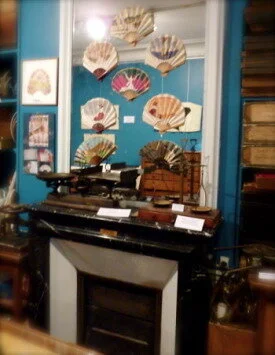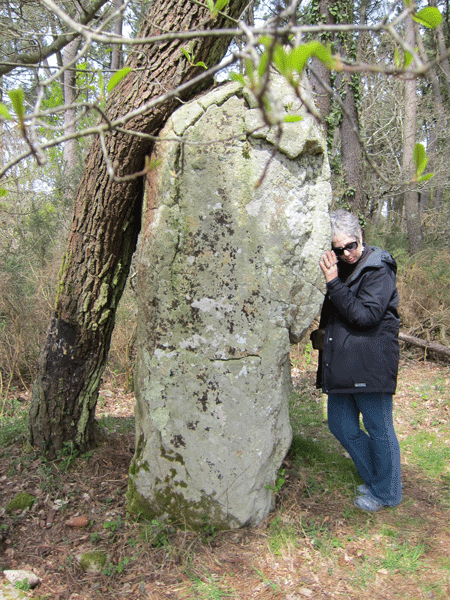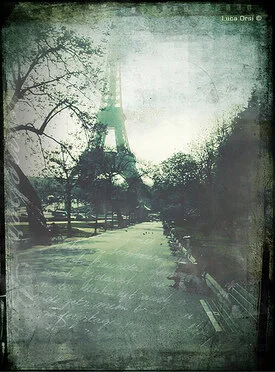words + photos by Elyn Aviva
She called to me just as I was falling asleep, exhausted from too much travel. We had had a long, twisting drive to reach her sanctuary, perched on the side of a sheer bluff in the Lot region in southwestern France. My husband, Gary, and I had gone to bed early, around 9:30 p.m., too tired to enjoy a night stroll through the tiny medieval village of Rocamadour, which sheltered her chapel.
I was almost asleep when I heard her loud and clear, as if she were standing next to me. “Get up!” she commanded. “Come visit me in my sanctuary! That’s what you’re here for!”
I groaned. I was tired. Besides, I’d already visited the Black Virgin of Rocamadour in her sanctuary just a few hours earlier, right after we had arrived, because we’d been told her chapel would close at 7:30 pm.
I turned to Gary, lying next to me in bed. “She’s calling me.”
“What?” He mumbled.
“The Lady is calling me to visit her. You want to come?”
He muttered something. Then, “You go ahead.”
Suddenly energized, I sprang out of bed and got dressed. After all, when the Goddess calls you, you have to go. I knocked at the room next door where our friend Anne was staying. I knocked again, louder. After a few minutes she opened the door, looking sleepy.
“The Black Virgin is calling me to go to her. Want to come?”
She nodded. “Give me a minute.”
Soon we were on a night-time pilgrimage to the Goddess, walking through the silent, deserted streets, climbing the 223 steps of the Grand Staircase that lead up to her cliff-side sanctuary. We followed the Rue de la Mercerie to a small square, the Parvis de St-Amadour, center of the holy precinct. Then we walked up to the upper landing and stood in front of the chapel doors. They were locked.
I shook my head, disappointed. “I know we were told the sanctuary would be closed, but I’m sure the Black Virgin told me to come and see her.” Maybe it had just been a daydream, I thought, or a moment of confusion as I drifted off to sleep….











